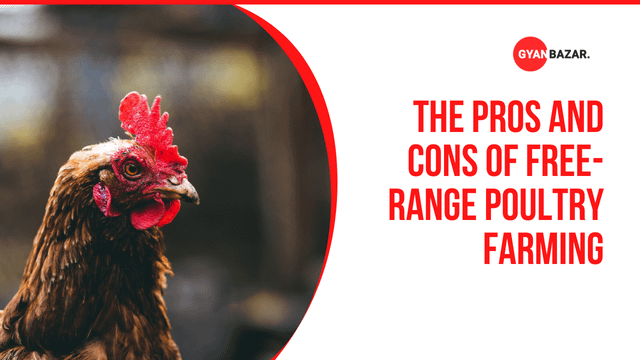Poultry farming is a lucrative business that provides a steady source of food and income for farmers. However, like any other type of farming, poultry farming comes with its own set of challenges. One of the biggest challenges faced by poultry farmers is disease outbreaks. Diseases can have a devastating effect on poultry farms, leading to decreased productivity, high mortality rates, and significant financial losses. In this article, we’ll discuss some of the common poultry farming challenges related to disease prevention and treatment and explore strategies to overcome them.
Disease Prevention
Prevention is always better than cure. Implementing a robust disease prevention program can significantly reduce the incidence of diseases in poultry farms. Here are some strategies to prevent diseases:
a. Biosecurity Measures: Biosecurity measures involve implementing strict protocols to prevent the introduction and spread of diseases in poultry farms. This includes disinfecting equipment, limiting visitors, and isolating sick birds.
b. Vaccinations: Vaccinations are a crucial part of disease prevention in poultry farming. Vaccines can protect birds from a range of diseases, including Newcastle disease, Avian Influenza, and Marek’s disease.
c. Hygiene: Maintaining good hygiene practices is critical to preventing the spread of diseases. This includes regularly cleaning and disinfecting poultry houses and equipment, maintaining clean drinking water, and providing adequate ventilation.
Disease Treatment
Despite the best disease prevention measures, diseases can still occur in poultry farms. When diseases occur, timely and effective treatment is crucial to minimize the impact on the farm. Here are some strategies for disease treatment:
a. Early Detection: Early detection of diseases is critical to effective treatment. Regular monitoring and surveillance of birds for signs of illness can help catch diseases early, allowing for prompt treatment.
b. Proper Diagnosis: Proper diagnosis of diseases is essential for effective treatment. This may involve sending samples to a diagnostic laboratory to identify the causative agent.
c. Treatment: Treatment for poultry diseases may involve the use of antibiotics, antivirals, or other medications. It’s essential to work with a veterinarian to ensure the appropriate treatment is administered.
Common Poultry Diseases
There are many diseases that can affect poultry farms. Here are some of the most common poultry diseases and their symptoms:
a. Newcastle Disease: This viral disease affects the respiratory, nervous, and digestive systems of birds. Symptoms include sneezing, coughing, diarrhea, and high mortality rates.
b. Avian Influenza: This viral disease affects the respiratory and digestive systems of birds. Symptoms include coughing, sneezing, nasal discharge, and high mortality rates.
c. Marek’s Disease: This viral disease affects the nervous system of birds. Symptoms include weight loss, paralysis, and death.
In conclusion, disease prevention and treatment are critical components of successful poultry farming. Implementing robust biosecurity measures, vaccinations, and good hygiene practices can prevent the spread of diseases on the farm. Early detection, proper diagnosis, and prompt treatment are crucial for minimizing the impact of diseases on the farm. By staying informed about common poultry diseases and taking proactive steps to prevent and treat them, poultry farmers can build a healthy and profitable business.

